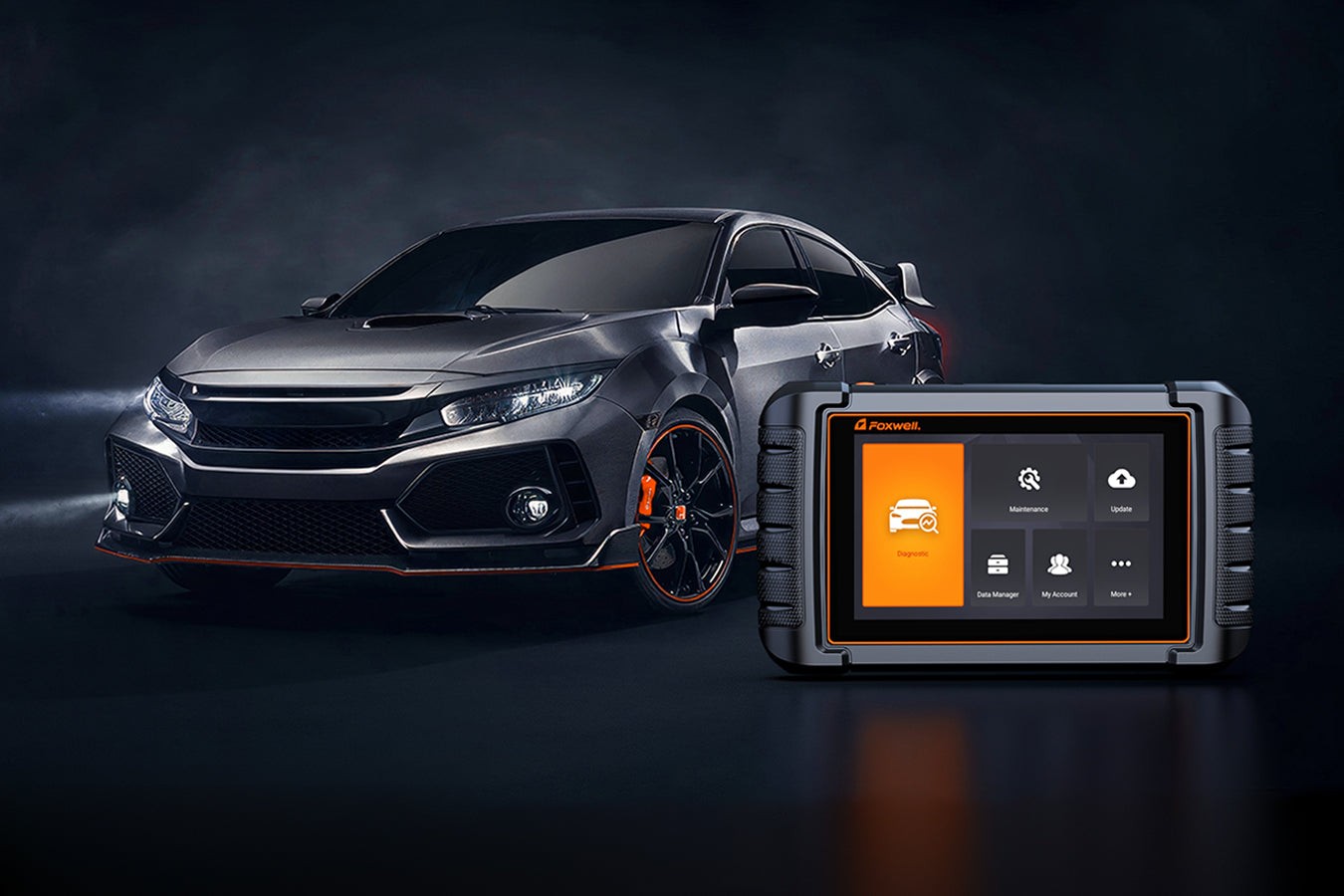On-board diagnostics (OBD2) scanners are indispensable tools for maintaining and repairing modern diesel vehicles. These devices provide real-time diagnostic data, enabling efficient troubleshooting and preventative maintenance. This guide delves into the critical aspects of Obd2 Diesel Scanners, empowering you to make an informed purchase decision.
Essential Components of an OBD2 Diesel System
A functional OBD2 system relies on the seamless interaction of several key components:
Electronic Control Unit (ECU)
The ECU is the brain of the OBD2 system. It manages engine operations, gathers data from various sensors, and triggers diagnostic trouble codes (DTCs) when malfunctions are detected.
Sensors
A network of sensors, including oxygen sensors, fuel pressure sensors, and engine temperature sensors, continuously monitors critical engine parameters. This data is relayed to the ECU for analysis.
Diagnostic Connector
Located under the dashboard, the diagnostic connector provides a physical interface for connecting an OBD2 scanner to the vehicle’s computer system. This allows for data retrieval and communication.
OBD2 and Diesel Emission Regulations
Diesel engines often face stricter emission regulations. OBD2 systems play a vital role in ensuring compliance by:
- Monitoring Emission Control Systems: The OBD2 system scrutinizes the performance of components like the Exhaust Gas Recirculation (EGR) system and Diesel Particulate Filter (DPF), identifying potential issues that could lead to increased emissions.
- Detecting Malfunctions: The system promptly detects malfunctions in emission-related components, allowing for timely repairs and preventing excessive pollutant release.
Benefits of Using an OBD2 Diesel Scanner
Investing in a quality obd2 diesel scanner offers numerous advantages:
- Efficient Diagnostics: Quickly pinpoint the root cause of engine problems using DTCs, streamlining the troubleshooting process.
- Preventative Maintenance: Identify potential issues before they escalate into major repairs, saving time and money.
- Improved Fuel Efficiency: Monitor engine performance data to optimize fuel consumption and reduce operating costs.
- Enhanced Vehicle Performance: Regular diagnostics and maintenance contribute to optimal engine performance and longevity.
Key Features to Consider in an OBD2 Diesel Scanner
Diesel Engine Compatibility
Ensure the scanner is specifically designed for diesel engines, as they have unique diagnostic protocols and control modules. Look for compatibility with your specific vehicle make and model. The ability to read manufacturer-specific codes is also crucial for in-depth diagnostics.
Comprehensive Diagnostic Functions
- Live Data Streaming: Monitor real-time engine parameters like fuel injection timing, turbocharger boost pressure, and exhaust gas temperature to gain insights into engine performance.
- Advanced Troubleshooting: Look for features like EGR testing, DPF regeneration, and oil light reset to address common diesel-specific issues.
- Graphical Data Display: Visual representations of data facilitate trend analysis and easier identification of anomalies.
User-Friendly Interface
- Intuitive Navigation: A well-designed interface with clear menus and instructions simplifies operation, even for novice users. Touchscreen interfaces enhance user experience.
- Multilingual Support: Scanners with multiple language options cater to a broader user base.
- Durable Construction: Opt for a scanner with a rugged design to withstand the demands of a workshop environment.
Connectivity and Updates
- Wireless Capabilities: Wi-Fi or Bluetooth connectivity enables seamless software updates and data transfer.
- Regular Software Updates: Ensure the scanner manufacturer provides regular updates to keep pace with evolving vehicle technologies.
Advanced Features in High-End OBD2 Diesel Scanners
Advanced scanners offer specialized functionalities for in-depth diagnostics and maintenance:
Real-time Data Monitoring with Graphical Representation
High-end scanners provide detailed live data streams and graphical representations of various engine parameters, enabling precise performance analysis.
Emission System Testing and Compliance Verification
Advanced scanners offer comprehensive emission system testing, including DPF status monitoring, regeneration initiation, and EGR system testing. They also verify readiness for emission inspections.
Programming and Calibration Capabilities
Some scanners enable injector coding, ECU programming, and service resets, allowing for advanced maintenance and performance optimization.
Enhanced User Interface and Connectivity Options
High-end models often feature intuitive touchscreens, user-friendly menus, and advanced connectivity options for seamless data transfer and software updates.
Conclusion
Selecting the right obd2 diesel scanner is essential for efficient vehicle maintenance and repair. By considering the factors outlined in this guide, you can choose a scanner that meets your specific needs and budget, ensuring optimal performance and longevity for your diesel vehicle. Investing in a quality scanner empowers you to take control of your vehicle’s health and avoid costly repairs down the road.
